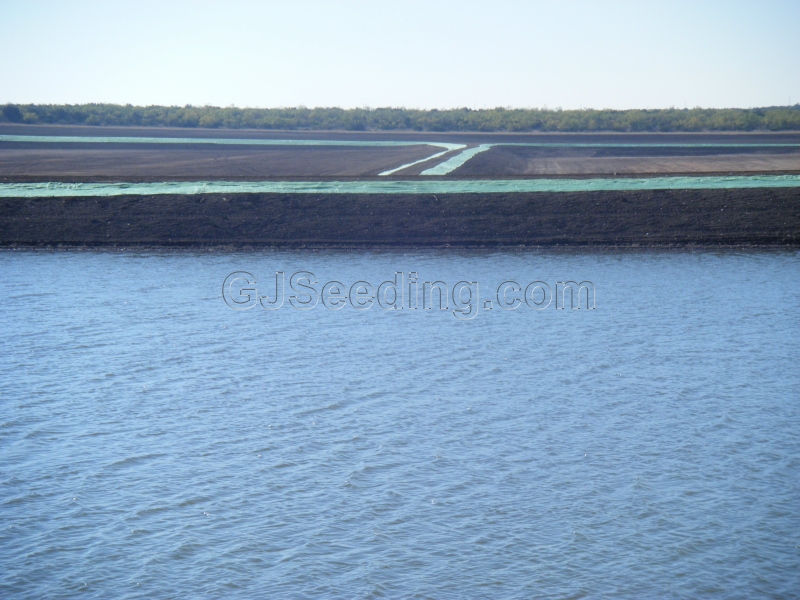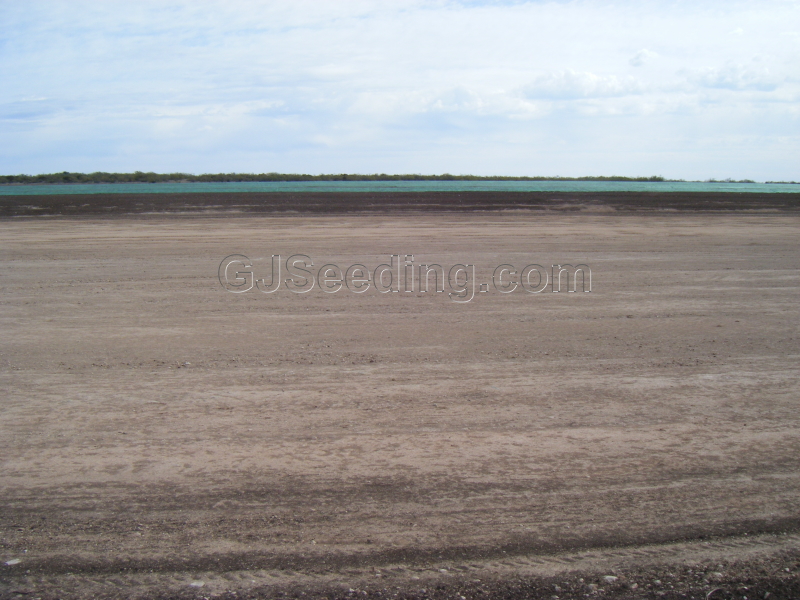Erosion Control
Erosion control is the practice of preventing or controlling wind or water erosion in agriculture, land development and construction. Effective erosion controls are important techniques in preventing water pollution and soil loss. Erosion controls are used in natural areas, agricultural settings or urban environments. In urban areas erosion controls are often part of storm water runoff management programs required by local governments. The controls often involve the creation of a physical barrier, such as vegetation or rock, to absorb some of the energy of the wind or water that is causing the erosion. On construction sites they are often implemented in conjunction with sediment controls such as sediment basins and silt fences.
Different Methods of Erosion Control
Mats and Screens
Mats and screens will help soil from washing away. Lay seed-impregnated fiber mats on steep slopes. Use wooden stakes to hold these mats in place during germination of the seeds. Manufacturers now offer large mats that come in precut rolls to be installed on steep slopes of fresh dirt work. These mats can be laid immediately after the conclusion of any dirt work that has disturbed the topsoil. Once installed, the mats must be kept watered, and the impregnated seeds begin to sprout within a matter of days. Within a few weeks, a layer of new grasses has taken root into the soil. Use open mesh screens to cover freshly laid mulch to hold the material in place. These screens can be made of either plastics or natural composting materials. Wooden stakes will have to be placed in certain intervals along the matting to hold the material in place.
Silt Fencing
Silt fencing is a temporary sediment control system used to protect water quality in nearby lakes, rivers, and streams, from sediment (loose soil) in storm water runoff. A typical silt fence consists of a piece of synthetic filter fabric (aka: geotextile) installed between wood or metal stakes. The stakes are installed on the downhill side of the fence, and the bottom edge of the fabric is trenched into the soil and backfilled on the uphill side. The storm water slowly passes through the fence while depositing its sediments on the uphill side of the fence. Silt fencing is installed on a construction site before the earth moving begins.
Contoured Earth
Soil can be contoured on gentle slopes to slow or control the flow of water. Over time, silt and soil will gradually fill in these contours to provide a level surface to the flow of water in heavy rains. You can also push rock walls and old logs into contoured barriers to maneuver water to planned flow areas. A collection pond may also be dug to hold water back from running too quickly into delicate soil areas. The water can then be allowed to slowly dissipate by evaporation or through leach lines buried into the lower field areas.
Permanent Structures
Construction of permanent barriers from stacked rock and poured concrete walls is used to control heavy water runoff. In cases where such measures are needed, erosion is coupled with heavy water drainage that may pose severe flooding to certain areas. Permanent barriers may also be incorporated with drainage ponds and overflow drains to remove the water at a regulated rate. These types of controls are the most expensive and are typically used for sites in heavy residential and commercial areas.


